There are some essential things you need to know about Korean etiquette, and we’re going to tell you all about them!
Below are the Korean etiquette rules and Korean Culture do’s and dont’s that you need to know. Let’s look at the top 11 mistakes people make when it comes to etiquette in South Korea. Below them, we’ll advise on what you should do so you can avoid these blunders.
Below is a free PDF guide for “Korean Etiquette” that you can download and take with you:
Contents
- 1 South Korean Etiquette
- 1.1 1. Not using the two-handed Handshake
- 1.2 2. Not pouring alcoholic drinks properly
- 1.3 3. Writing names in red ink
- 1.4 4. Assuming you can call people by their first names
- 1.5 5. Sitting in pregnant, elderly, or handicapped seating
- 1.6 6. Blowing your nose in front of others
- 1.7 7. Not following eating order at the dinner table
- 1.8 8. Not using the polite version of the Korean language
- 1.9 9. Not being aware of the difference in family names
- 1.10 10. Declining invitations for nights out
- 1.11 11. Not handling business cards properly
- 2 Wrap Up
South Korean Etiquette
South Korea has certain customs, traditions, and rules of etiquette that have developed over the years, and many of them are different than what occurs in most other countries.
While Koreans generally accept any cultural faux pas that visitors make, it’s much better to be informed so you can make the best impression possible. Not only will you honor the group, but you’ll also increase your chances of being invited out again.
The things you’ll learn below are important if you live or plan to travel to South Korea. You won’t be surprised, and you’ll make a great impression. Knowing this also helps with studying Korean. You’ll notice a lot of Korean cultural subtleties built right into the language.
A lot of Korean culture is embedded in its customs, traditions, and etiquette. You may start to notice these things in K-Dramas and Korean movies.
1. Not using the two-handed Handshake
Koreans follow a social hierarchy that is primarily based on age. Note that the Korean age is different from the international age.
Since you can’t always know a person’s age upon the first meeting, it’s better to err on the side of caution. One way to do this is with the way you shake hands. Koreans differentiate between using two hands for shaking hands vs. one hand. One hand can be used by someone of higher rank to someone of lower rank, but not vice versa! It’s considered rude.
Though this is what we may be used to in the West, you may want to adjust how you shake hands in South Korea.
What to do: To be on the safe side, it’s best to show your manners by shaking a person’s hand with two hands the first time you meet them. The same applies to receiving something that someone is giving you. Make sure that you accept items with both hands. You can also receive it with your right hand if you hold your right wrist with your left hand. That simple act will go a long way.
Korean Bowing
Bowing in Korea is part of everyday life and a big part of Korean culture. Social interactions, either during casual or formal occasions, often involve bowing.
For shaking hands, you may notice that some Koreans will bow slightly when shaking hands. Bowing is usually done to someone older or of higher rank by a younger person or someone with a lower rank. Likewise, if someone gives you a polite bow when shaking your hand, it’s also polite to bow in return. It’s safe to bow to someone older or of higher rank to you, regardless of whether they offer the gesture first.
2. Not pouring alcoholic drinks properly
In South Korea, drinking is often a part of the culture, and you should never pour your own drink. You’ll be pouring someone else’s drink, and they’ll return the favor to you. It’s also important not to use just one hand when you pour for someone else.
What to do: Just as you should use two hands for a handshake, make sure you use two hands to pour someone’s alcohol. If you become close with the other person over time or lower in the hierarchy than you, you can use one hand. Suppose you’re not sure, best to play it safe. Learn and apply this South Korean etiquette rule as soon as possible!
Photo Credit: Graham Hills
3. Writing names in red ink
It’s bad luck to write someone’s name in red ink. Be conscious of the colors that you are using, and some people will be very superstitious. Back in the day, deceased people’s names were written in red ink on family registers and funeral banners. Evil spirits hate red ink, so it seemed like a good plan.
What to do: Don’t write names in red ink. If you want to demonstrate proper Korean etiquette, write in blue or black ink.
4. Assuming you can call people by their first names
The famous author Dale Carnegie once said, “Remember that a man’s name is to him the sweetest and most important sound in any language.” While that may hold true in most cultures, it certainly does not in South Korea!
It’s a good idea to learn the Korean names of the people you are meeting and practice saying them correctly. However, the way you address them is based on the social hierarchy, and you shouldn’t call people by their first names until you are well versed in the culture and know it’s appropriate to do so.
What to do: Don’t assume that you can call people by their first names. The safest way to handle this one is to ask that person how they would like to be called the first time you meet. Often that person will give you a version of their Korean name or their English name, allowing you to comfortably sidestep the complex name and title rules that Koreans live by.
5. Sitting in pregnant, elderly, or handicapped seating
Mass transportation in South Korea is some of the best in the world. People from all different walks of life use it, including pregnant women, disabled people, and the elderly. To accommodate them, there are special seats exclusively for these people on the buses and subways. It’s essential to be aware of them and not take the seats just because they are empty.
Always respect the signs for pregnant, elderly, and disabled.
You can identify the seats by looking for pictures directly above the seating area depicting the profiles of the three groups. You may see the sign for 노약자석, which means “seating reserved for the handicapped, the elderly, and pregnant women.”
6. Blowing your nose in front of others
For those learning Korean, a runny nose is known as 콧물 (nasal mucus). One of the most annoying noises in many countries is hearing someone constantly sniffling and inhaling through a runny nose. Think back to your school days when there was that one classmate to who you wanted to give a box of Kleenex to soothe your ears!
For Koreans, that sniffling noise is not nearly as offensive or annoying. However, the act of blowing your nose is quite unpleasant for Koreans to hear. This is especially true at the dinner table!
What to do: Don’t blow your nose in front of others. If you feel like you need to clear out your sinuses in South Korea, best to excuse yourself and head to the restroom.
7. Not following eating order at the dinner table
Want to make a good impression at the dinner table in South Korea? Before you pick up your 젓가락 (chopsticks), take a look at your eating companions. Unless you’re the oldest person at the table, it’s good manners to wait before eating. Korean culture values letting the oldest people at the table eat first, so don’t just pick up your utensils and start to chow down!
What to do: If you’re not sure of the other people’s age relative to yours, it’s best to wait and let the others get started first. Likely your host or the dinner organizer will give you the green light to start chowing down, but better be safe than sorry. Your dining comrades will be impressed with your efforts to learn Korean manners.
8. Not using the polite version of the Korean language
If you want to learn Korean, the first word you should learn is 고맙습니다 (thank you). Most Koreans don’t expect visitors and expats to learn Korean, but a little effort will go a long way! Once you know the Korean alphabet (Hangeul), you should be able to pick up the basics quite quickly.
Many foreigners come to South Korea without knowing any Korean, so you can make a really good impression by doing your research. Learning Korean phrases is easy. You can start with the basics here.
What to do: Use Polite language if necessary or when in doubt. Korean uses different forms of words based on social hierarchies and rank, so it’s best to lean towards being more polite. This can usually be accomplished with the ending “-세요” (i.e., 주세요.)
9. Not being aware of the difference in family names
If you’re meeting a Korean male older than you, he may introduce himself using “Mr.” plus his family name. Koreans are very conscious of using the proper title based on rank, so some men don’t want to be called by their first names.
No, it’s probably not from a messy divorce. According to Korean customs, when Koreans marry, the wife keeps her family name. However, the children take the father’s family name.
What to do: Ask how a person wants to be referred to. Stick to the name-calling rules we outlined above, and you’ll be all set. Just ask your South Korean colleagues how they’d like to be referred to!
10. Declining invitations for nights out
If you’re in South Korea, make sure you don’t miss out on opportunities to go out with Koreans! Korean outings, business meetings, and friendly get-togethers are invaluable. Not only will it put you in the good books with your Korean friends or colleagues, but you’ll understand Korean culture and Korean etiquette better (plus have a lot of fun)!
11. Not handling business cards properly
When you exchange business cards at a meeting in South Korea, your first instinct may be to put them in your pocket or to write some notes on them. Please don’t do it! A Korean’s business card represents that person, so make sure you pay it with the proper respect.
What to do: When you first receive the business card, take it with two hands. Look at it for a short time (5 – 15 seconds) to read it over and show that you are putting effort into reading the card. Put the card in front of you if you are sitting down, and don’t make any marks on the card in front of that person. This is one very important part of proper business etiquette.
Wrap Up
Getting these rules down will help you adapt to life in South Korea which can help if you’re dealing with culture shock from other little things here.
What Korean etiquette do you think is most important when visiting South Korea? We’d love to hear from you, so feel free to leave a comment below!

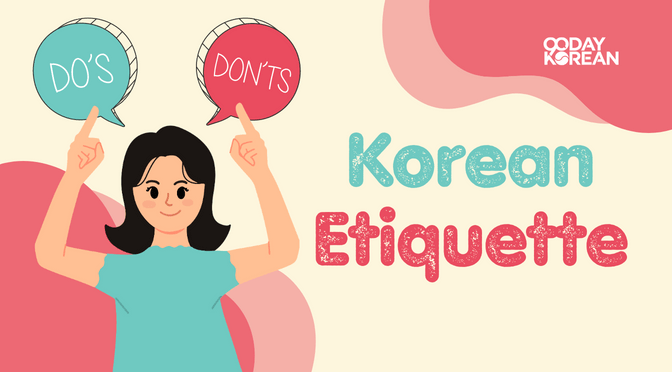


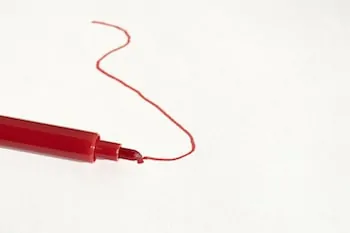
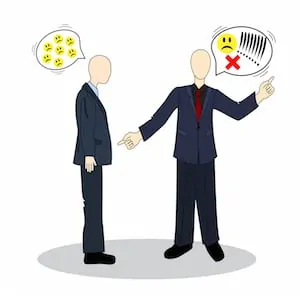
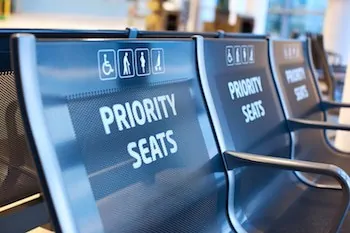

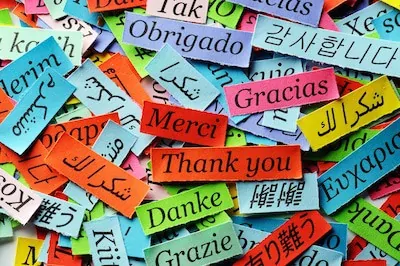

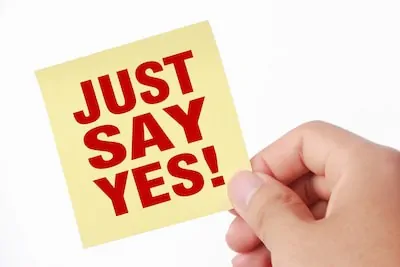
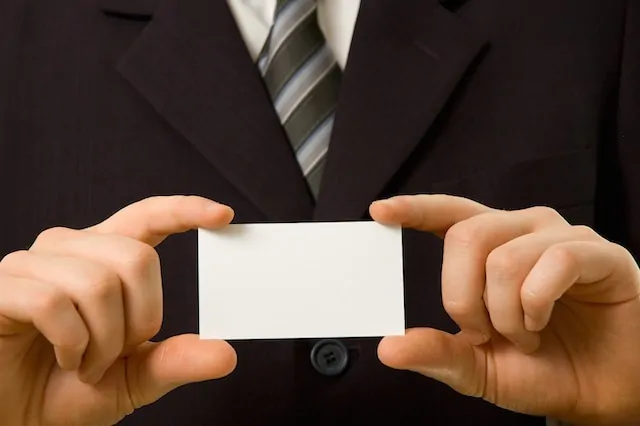
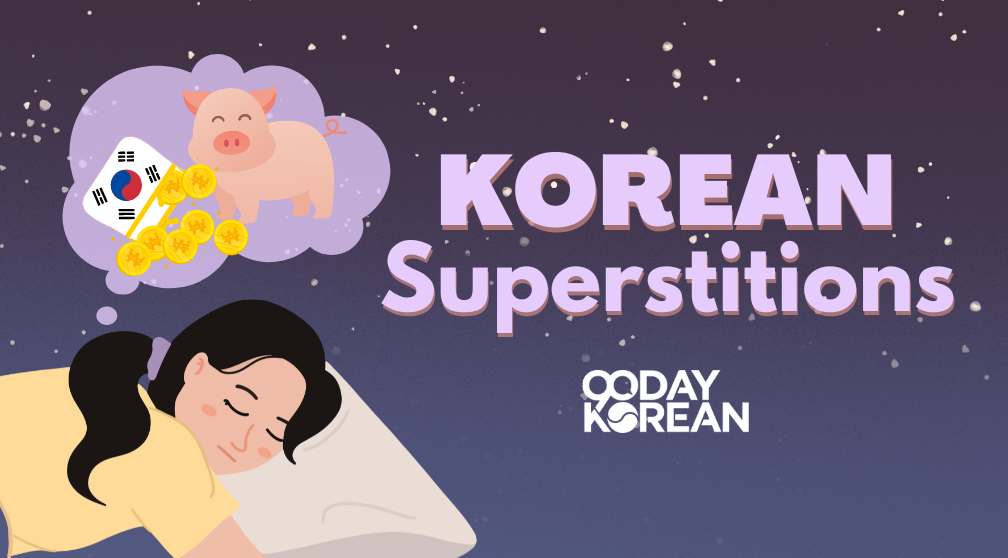

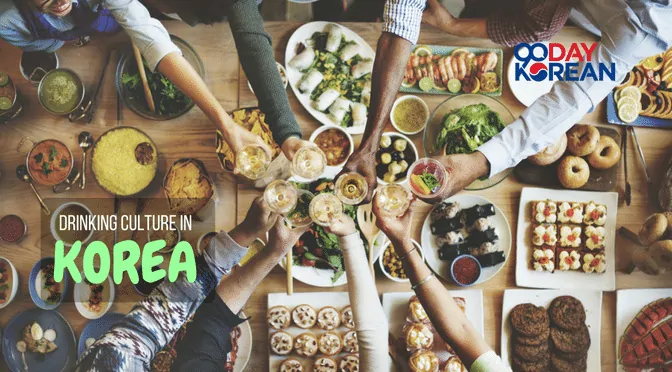

Nice tips thanks! But note that it’s actually a common thing in Europe that a woman doesn’t take her husband’s last name. So it’s actually nothing extraordinary …
You’re welcome, Kim! Thanks for sharing. ^^
nice introduction to the Korean attitude, way of like and thinking on general matters.
I love their movies!
Great, thanks for your kind words! ^^ If you want to have more Korean lessons, you can also check our blog and visit our YouTube channel for articles and videos with great Korean content.
I love these rules these rules are very helpful to me thanks ????
Awesome, thanks for the kind words. If you want to learn more Korean lessons, you can check our blog and visit our YouTube channel. ^^
https://www.90daykorean.com/blog/
https://www.youtube.com/90daykoreanofficial
It’s really useful
Great, we’re glad that it has been helpful to you. ^^
Hi I’ve started dating a korea boy who coming over to visit then I’m going back with it any advice on how to act and behave in Korea
That’s great! Thank you for sharing. ^^